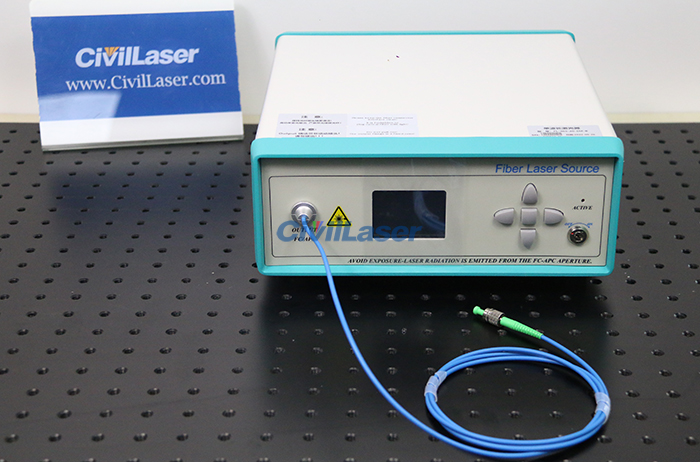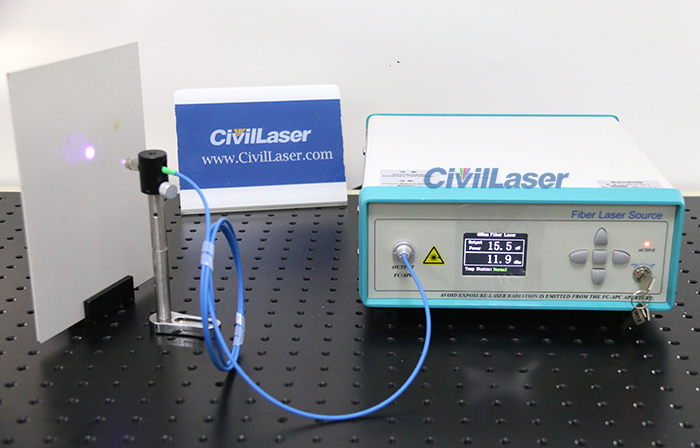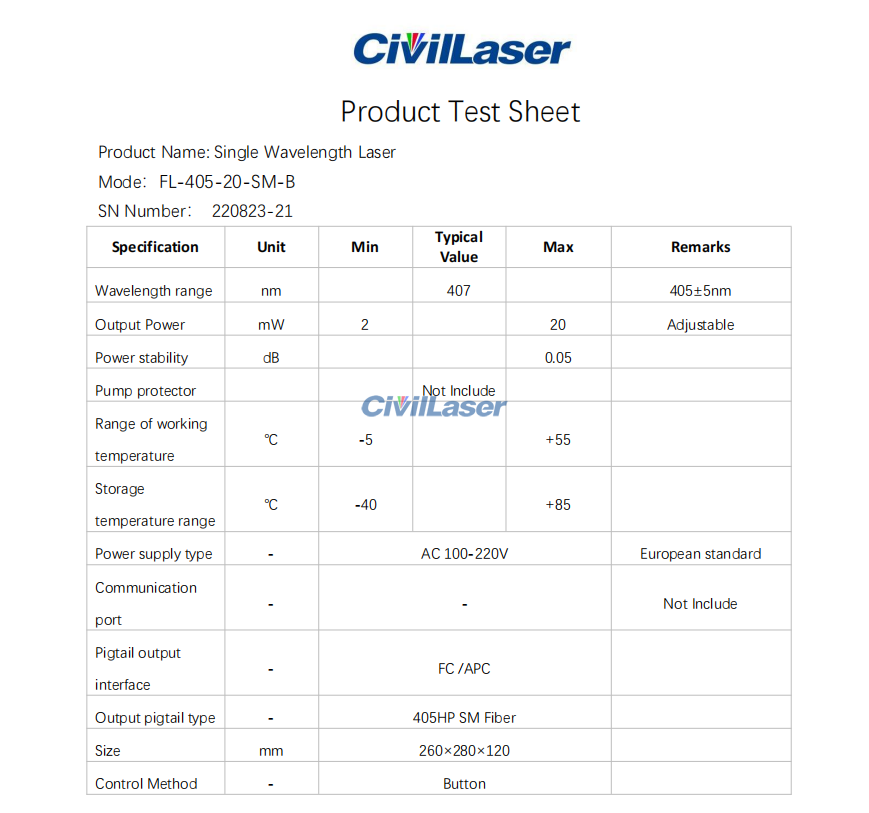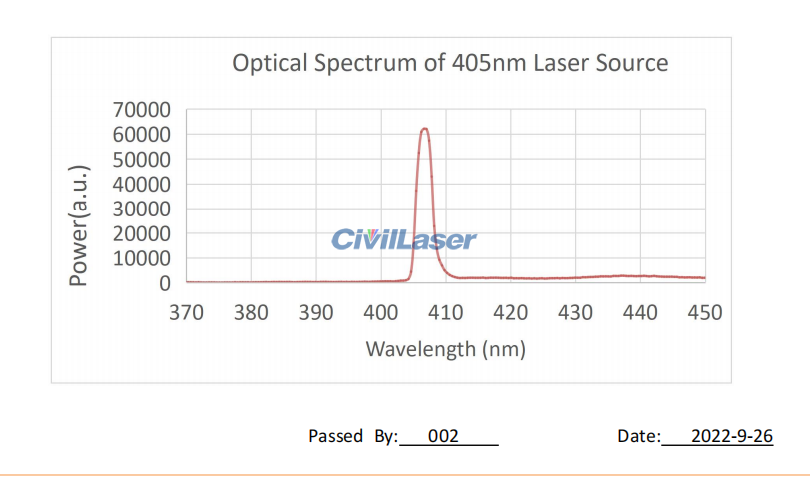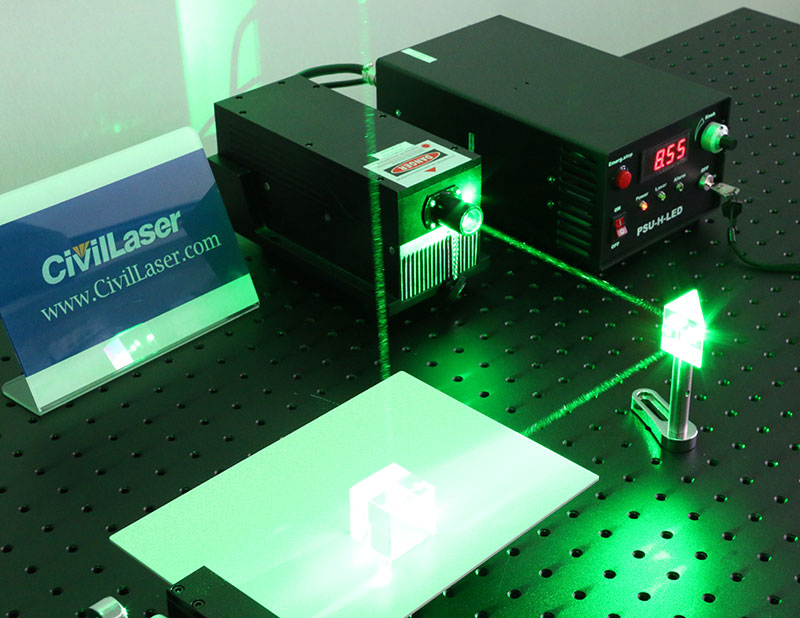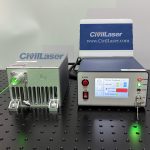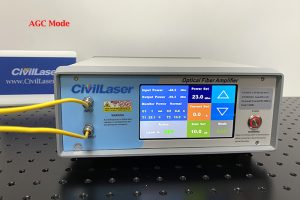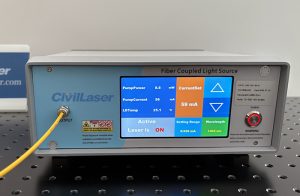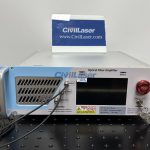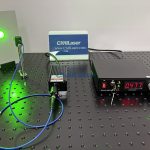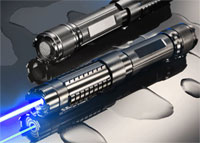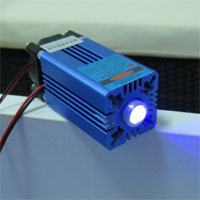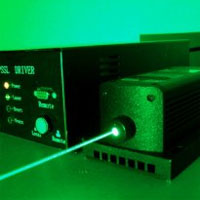Monthly Archives: September 2022
405nm SM Fiber Laser Controlled by Button Operational Demo
This is a video about a desktop laser with button control of the laser output. we demonstrate with a 405nm 20mW SM fiber laser. It is controlled by buttons by default, and it can also be controlled by software. The laser is equipped with single-mode fiber output, and polarization-maintaining fiber output can also be customized. It has LCD display, real-time display of current power. The power is adjustable, and the adjustment accuracy is 0.1mW. Let’s check it now.
Adjust the laser output power:
Press the middle square button to enter setup mode.
The left and right arrow buttons are used to select the digital position to be adjusted.
The up and down arrow buttons are used to adjust the size of the numbers.
Finally press the middle square button to save and exit the settings.
When the key is turned ON, the Active indicator lights up, indicating that there is laser output.
This laser adopts semiconductor laser chip, and the professionally designed drive and temperature control circuit temperature control ensures the safe operation of the laser, stable output power and spectrum, and excellent spot quality (TEM00 mode).
The test data report and optical spectrum of 405nm fiber laser source.
532nm DPSS Laser VS 520nm Semiconductor Laser
532nm and 520nm are both common green lasers in the laboratory. The difference is that one is a diode pumped solid state(DPSS) laser and the other is a semiconductor laser.
532nm is a commonly used wavelength in dpss laser. DPSS lasers have advantages in compactness and efficiency over other types, and high power DPSS have replaced ion lasers and flashlamp-pumped lasers in many scientific applications, and are now appearing commonly in green and other color laser pointers.
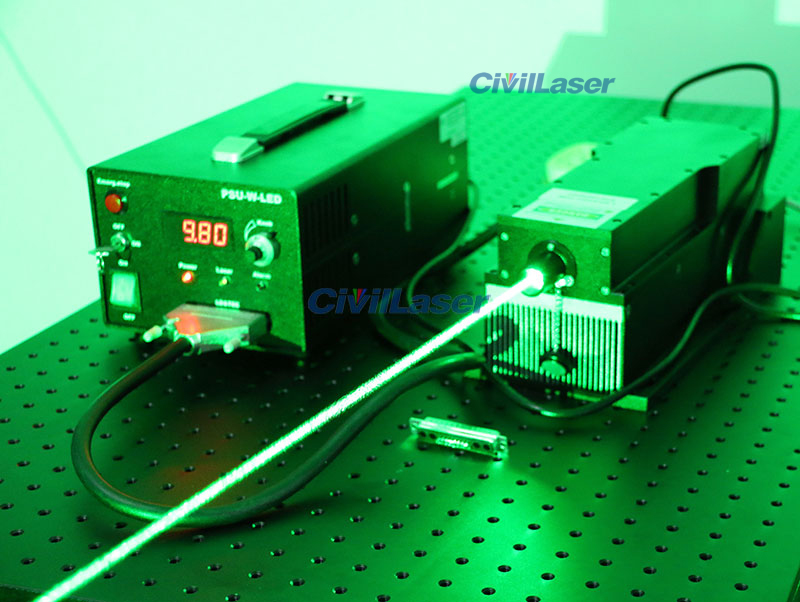
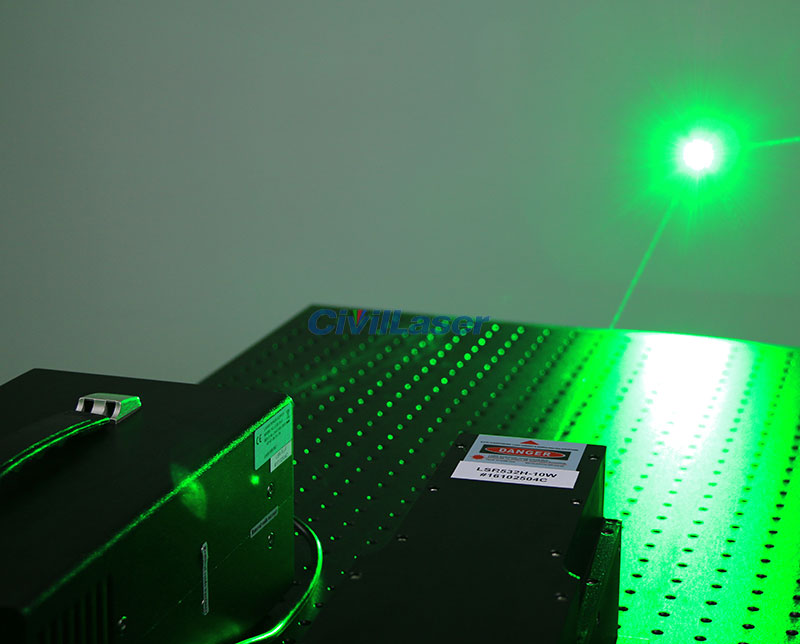
The choice of the semiconductor material determines the wavelength of the emitted beam, which in today’s laser diodes range from infra-red to the UV spectrum. Laser diodes are the most common type of lasers produced, with a wide range of uses that include fiber optic communications, barcode readers, laser pointers, CD/DVD/Blu-ray disc reading/recording, laser printing, laser scanning and light beam illumination. With the use of a phosphor like that found on white LEDs, Laser diodes can be used for general illumination.
520nm 12W semiconductor laser.
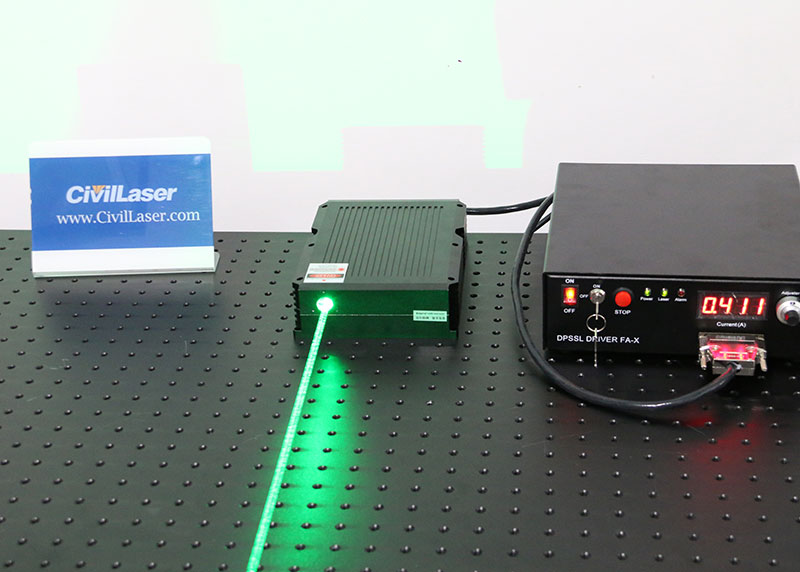
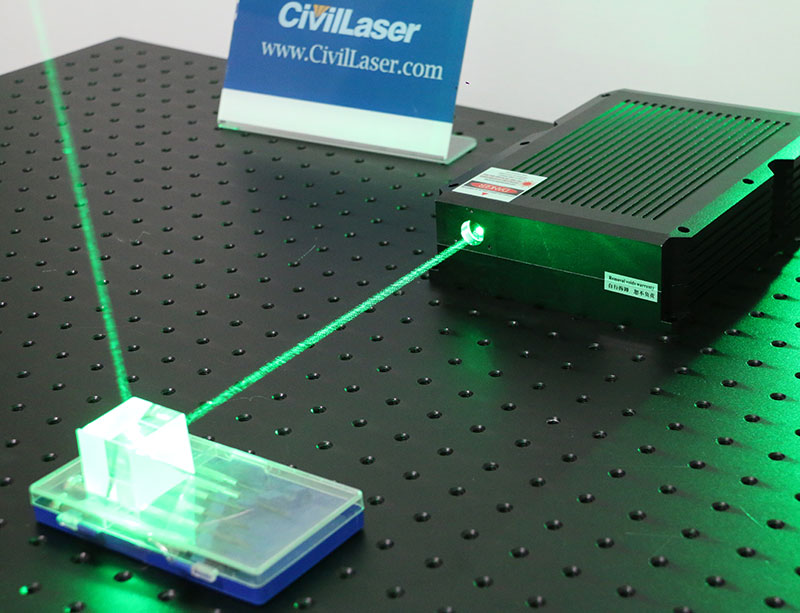
Custom fiber coupling is available for either 532nm dpss laser or 520nm semiconductor lasers. Please go to CivilLaser for details.
690nm SM TEM00 Laser Operation Video
Today we’re going to talk about a single-mode red laser — 690nm 30mW TEM00 laser. Its output power can be adjusted from 0 to 30mW. The working voltage is AC 90~240V, supports wide range voltage. It support CW/Modulation two working modes. This is a single transverse film laser. Let’s check it now.
The test data report of 690nm 30mW semiconductor laser:







